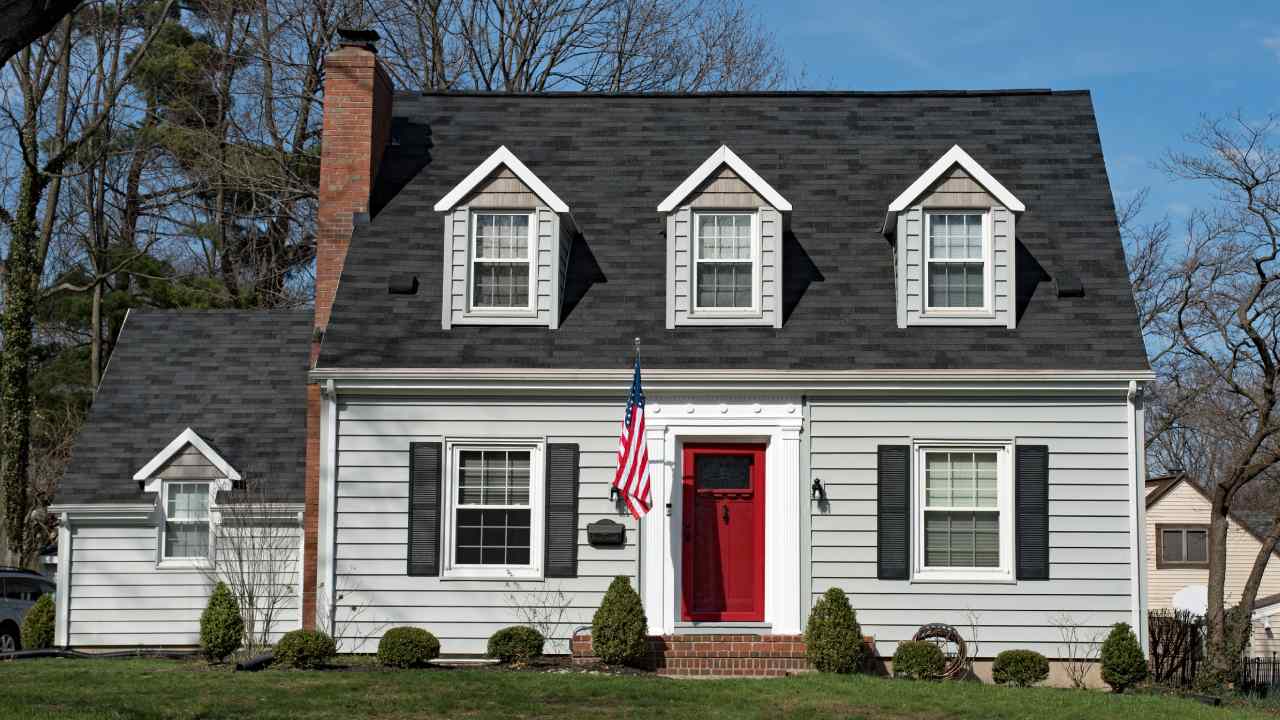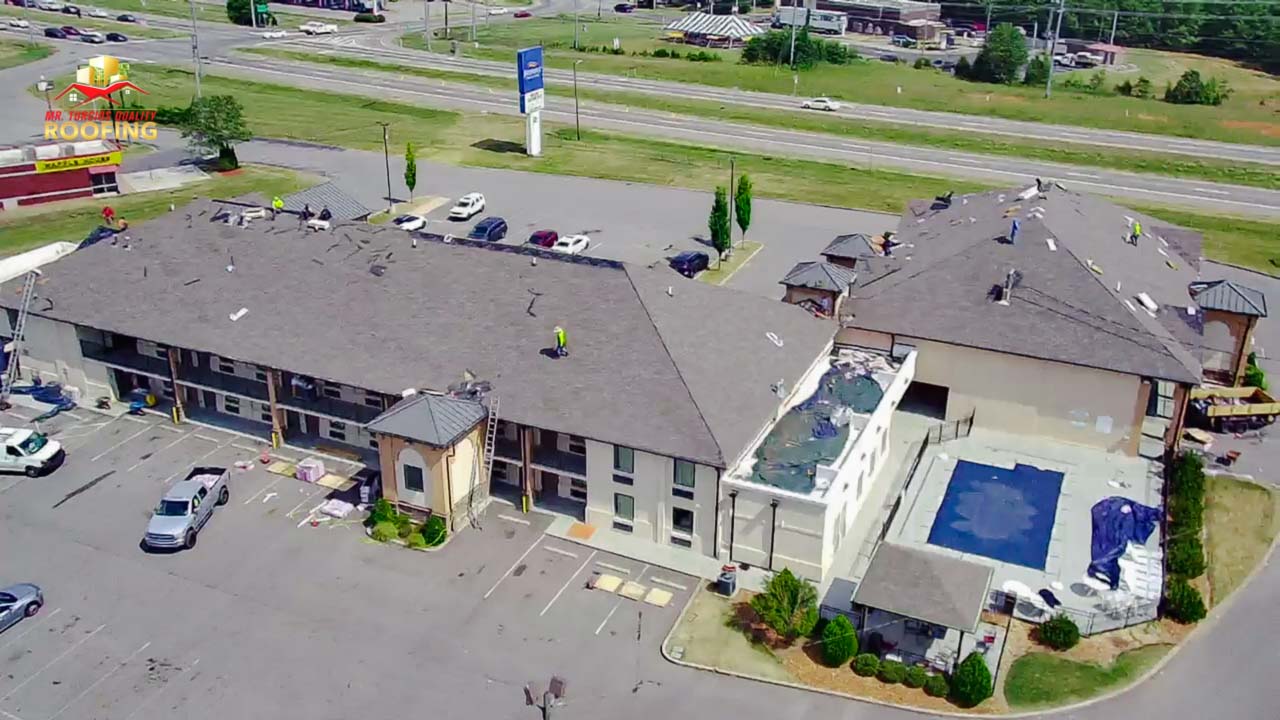Insulating the exterior walls of your home can help you reduce your energy bill, while also giving the facade a more natural appearance. And these are not the only advantages…
25% of a home’s energy losses are due to poor insulation. One available option that can help improve this is to create an insulating chamber that can project from the inside or outside. Next, we will look at another solution that is easier to install.
How To Insulate Exterior Walls
Exterior insulation consists of placing an insulating layer on each wall or on those most exposed to cold and wind. This is achieved by applying (or fixing) insulating blocks which usually consist of expanded polystyrene or mineral wool. The insulation is then covered with a façade covering such as fiber cement boards or boards, plaster, etc.
Advantages Of External Insulation
1. There Is No Need To Move To Another Place During The Work
Since the work is carried out from the outside, you do not need to move or live in certain rooms while your project is carried out. Another important factor: the house will remain immaculate! No materials, debris or dust inside.
2. Living Space Stays The Same
The insulation needs to be between 15 and 20 centimeters thick to adequately insulate the house. By insulating from the outside, this does not reduce the living space inside your home.
3. Opportunity To Enhance Your Facade
No more painted bricks or discolored walls. Exterior insulation is an opportunity to give your facade a new life. Why not opt for an innovative, environmentally friendly, durable and modern material such as Cedral Siding boards? They are easy to maintain, resistant, available in different finishes and colors, to create a long-lasting facade.
4. Reduction Of Thermal Bridge
Exterior insulation acts as a shelter that protects your home. It is thermally better than insulation from the inside because it allows for continuous insulation with little or no thermal bridges. In addition, it protects the façade from bad weather and preserves the thermal inertia of the building, generally important for comfort in summer. Finally, insulation from the outside guarantees permeability, which allows much greater regulation of the humidity of the home.
5. Energy Savings
Insulating your home from the outside is one of the most efficient ways to save energy. The savings will depend on the type of insulation you choose and its thickness. Furthermore, insulating a home properly increases the value of your property (especially when it comes to selling it). This will make your initial investment profitable much faster.










